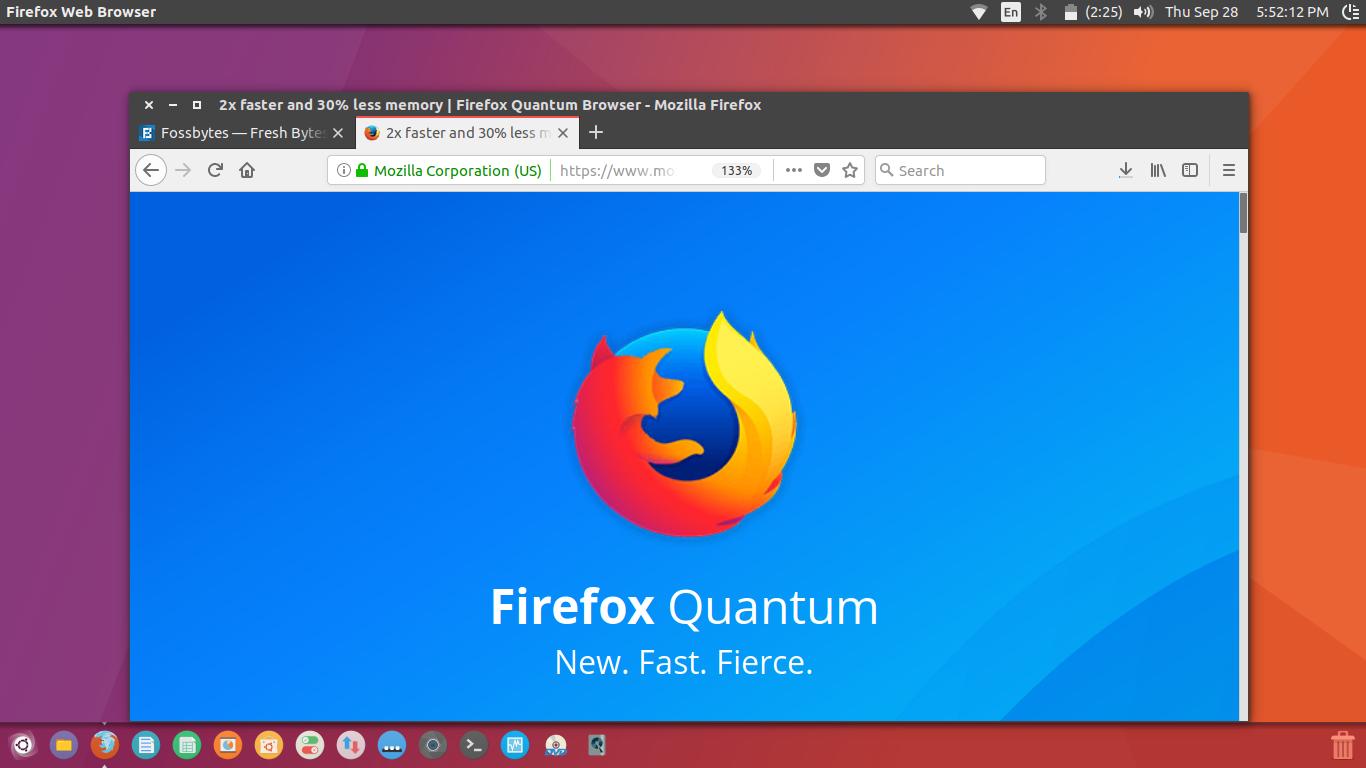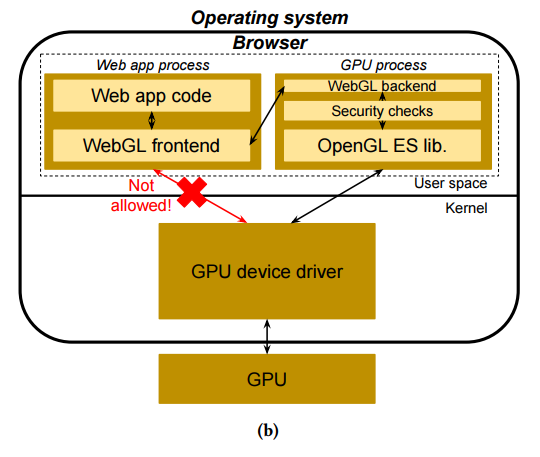
Isolate Chrome Browser tabs and identify which web apps or webpages are reducing browser performance. The graphics processing unit (GPU) process slows down if there’s an issue with a particular graphics card driver. Or, Chrome Browser is rendering a graphics-intensive page, such as a website with 3D images or YouTube videos.
I upgraded to OS X 10.9 yesterday, and since then, one Google Chrome Helper is constantly red in Activity Monitor. I checked the PID (375) in Google Chrome's own task manager, and it is GPU Process. I don't think it is used often, but I also fail to see why it is constantly non-responsive.Does anyone else experience the same thing? Is this a problem of GPU handling of the new OS? Maybe there are some GPU-accelerated websites/videos (I mean video player) out there so I can test whether there is a problem? Thanks.By the way, my machine is a MacBook Pro 13' mid-2012 non-Retina. I've been experiencing the same issue for about a month, except it predates Mavericks (10.9) when I was still using Mountain Lion (10.8.4 and 10.8.5 specifically).I've found the only way I can remedy the issue is to force quit the unresponsive Google Chrome Helper and all other associated processes (all 'Google Chrome.'
Named items) except for Google Chrome itself (the one with the icon). That will crash most, if not all, browser plugins, but it will make Chrome useable for a decent amount of time if you keep down on your number of open tabs.It's not fantastic by any means, but my other remedy is going back to using Firefox for the time being and keeping my fingers crossed Google is working on a fix for this issue.MacBook Pro 6,2 (15-inch Mid-2010)2.53GHz Intel i54GB RAM128GB SanDisk Ultra Plus SSD/500GB Toshiba HDDOS X 10.9 'Mavericks'.
Hi all, I have a with Akitio2/ installed and working as an eGPU. Typical setup is a large 34' display plugged into the eGPU, the laptop lid is closed and laptop display disabled using.
What Is Gpu Process In Google Chrome
This setup is great, the eGPU happily drives my large display which the integrated HD4000 cannot, I can play steam games etc.The issue I have is using the eGPU in Chrome, when researching it became apparent that my eGPU was not being leveraged by chrome, the HD4000 was (low framerate; 2-4 fps). Doing some digging I could find Chrome provides information about the, mine lists the HD4000 as active and not the. I am also seeing this problem: none of my web browsers will utilize my eGPU!
Whether it's Firefox, Chrome or Safari, I can't get any of them to use the eGPU for WebGL. And this is important to me since I am designing a WebGL-based product.My setup:. I have both an Sapphire and a EVGA which I swap in/out of my. The Node is connected to my 13' 2015 running High Sierra 10.13.1When I run bootcamp, I can get eGPU acceleration for webGL when either the or 1070 are connected, but not in MacOS.Any tips/advice?? Forcing specific GPUIn multi-GPU systems, Chromium automatically detects which GPU should be used for rendering (discrete or integrated).

Google Chrome Gpu Process
This works 99% of the time, except when it doesn't - if a unavailable GPU is picked (for example, discrete graphics on VFIO GPU passthrough-enabled systems), chrome://gpu will complain about not being able to initialize the GPU process. On the same page below Driver Information there'll be multiple GPUs shown (GPU0, GPU1.). There's no way to switch between them in a user-friendly way, but you can read the device/vendor IDs present there and configure Chromium to use a specific GPU with flags: $ chromium -gpu-testing-vendor-id=0x8086 -gpu-testing-device-id=0x1912.where 0x8086 and 0x1912 is replaced by the IDs of the GPU you want to use (as shown on the chrome://gpu page). This is a big issue for me. I'm using a and as soon as I open Chrome the internal display becomes completely disabled and performance of my entire system on my external display is extremely sluggish. This also affects Chrome/Electron based apps such as Hyper and VSCode.I was able to fix these by running the apps within their.app/Contents/MacOS directory with the -supports-dual-gpus=true flag only. From that point I made a pull request (pending approval) to do this automatically.However this same fix does not work on Chrome itself and I've just fallen back to going to Settings - Advanced - System - Use Hardware Acceleration Automatically (Off)Everything I've read about this issue seems to be a lot of fingerpointing.
Chrome people say are at fault Nvidia people say Apple is at fault. I can see the issue being that my iGPU is being completely disabled from the gfxCardStatus utility each time Chrome is started.
What Is Gpu Process Chrome In Firefox
But even disabling Settings - Energy Savings - Automatic Graphics Switching in the system produces the same issue.I hope this gets fixed soon. In the meantime I'll keep throwing flags at the Chrome executable and hope something sticks. Hey, I hate to double post but I'm unable to edit my last post. After much snooping I've almost found a solution. Apparently Electron uses an older Chromium version that doesn't have this issue and can take the -supports-dual-gpus=true flag with no issue.

I'm not sure how to patch this into the app itself but here's how I got it to work and maybe this will bring a solution to your issue as well.In terminal run the followingIf you've got a newer version of Chromium already, be sure to uninstall$ brew cask uninstall mac-chromium$ brew cask installThis will install a version of Chromium that is one version newer than what Electron uses, 60.0.3100.0. (Oddly enough Electron's build crashes entirely) After installing, pass in the flag like the following.$ /Applications/Chromium.app/Contents/MacOS/Chromium -supports-dual-gpus=trueCheck your This will say hardware acceleration however sets the GL renderer to the Intel graphics. Although I had more issues than you (I think you acutually began at this point anyway), I feel like this is a step in the right direction and maybe with a couple more flags we can set the other GPU as active and have it not disable the iGPU entirely.Let me know if you get any better performance with this method or if you have 'Hardware Accelerated' on all the items at the top of the page now.UPDATE:So I might've found a way around the issue. Unfortunately it only works if you have a MacBook with an dGPU. To quote myself. Posted by: ethanx94I found out something interesting today.
EGPU/iGPU switching was giving me a lot of issues. Mainly because on OSX are currently problematic and have no Optimus support (which they might never will). Because of this certain Chrome/Electron based apps would cause my iGPU to get disabled and my laptop display to go black, however leaving the external display intact (albeit sluggish).That being said, my MacBook also has a AMD460 dGPU, but it would never fall back to this for graphics switching when I booted with the eGPU attached. I don't know if I didn't read the guides thoroughly enough but apparently when you're booting OSX DO NOT plug the eGPU in until you're at the login screen, it will take a few seconds to register the external monitor, THEN login. With this the order of the graphics cards gets rearranged and I'm having no issues when my iGPU decides to switch to dGPU. As far as I can tell my eGPU still does it's job correctly and accelerates everything on my external display.

So you're correct, just as Apple planned it.For Windows, it's always been the opposite. Plug it in once you hit the bootcamp menu.TL;DR: dGPU owners, plug your eGPU in at the Login screen, you will save yourself a lot of headache. Don't boot with the eGPU attached, don't plug in in at the Bootcamp screen.
